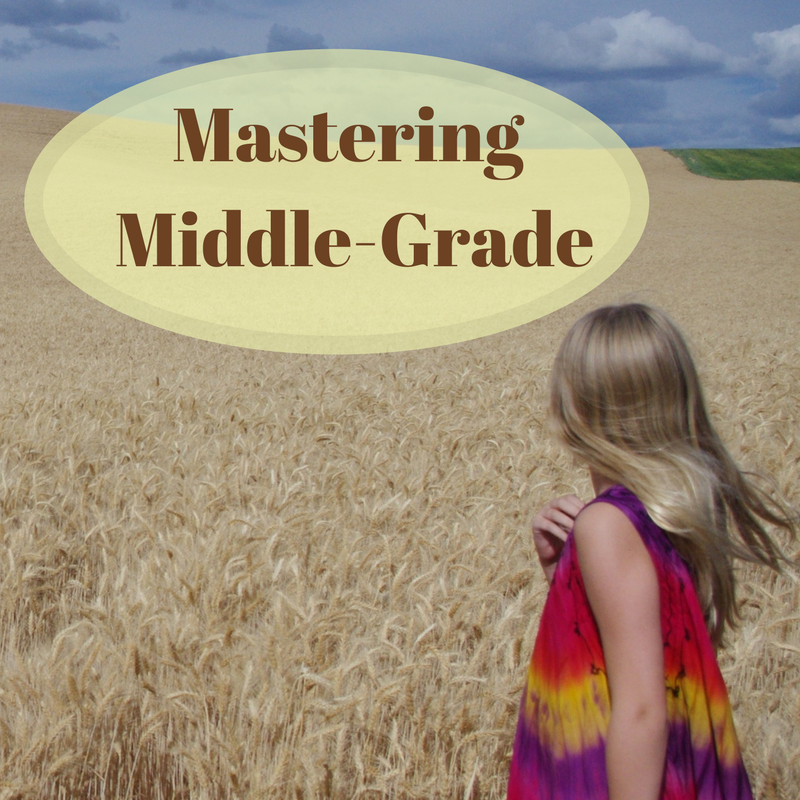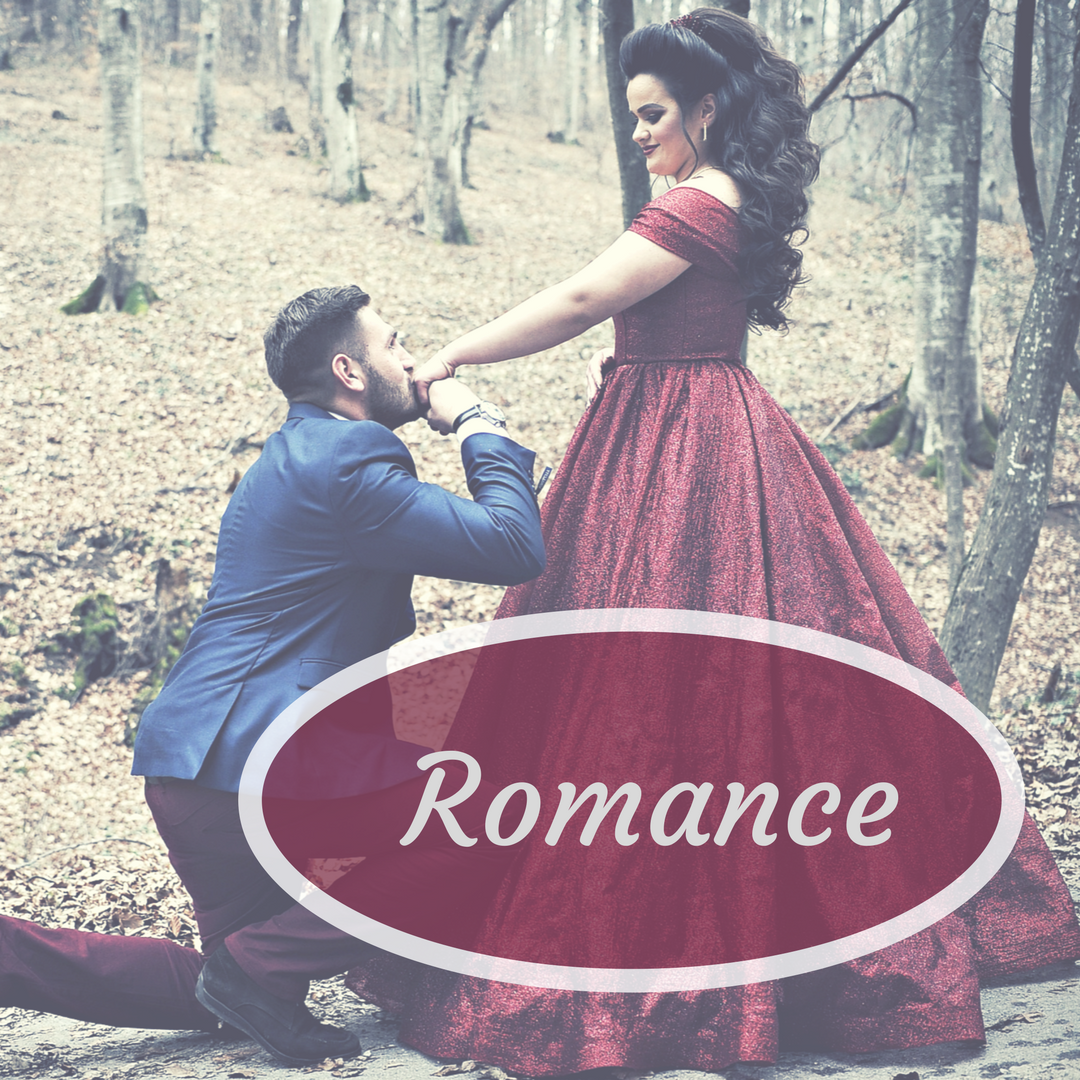Flash Fiction Endings: Satisfy Me, Baby
By: Teddi Deppner
In fiction, readers are looking for a vicarious experience. Every genre offers a different primary experience: adventure, romance, mystery, the wonder of discovering new worlds. While the endings for each genre might have a slightly different focus (mystery solved, romance culminated, quest achieved), the bottom line is the same: the reader must feel satisfied.
Let’s look at three of the most common mistakes authors make with flash fiction endings.
THE AMBIGUOUS ENDING
Ambiguous short story endings are tempting. We’ll never forget the first time we encountered ���������The Lady or the Tiger” [link: https://en.wikipedia.org/wiki/The_Lady,_or_the_Tiger%3F ], and want to achieve the same greatness. But open endings are extremely tricky. Readers want to be emotionally and mentally satisfied when the story ends, and wondering what happens next is rarely enjoyable.
DON’T end your story without a resolution. Readers invest time in your story; reward them and they will love you. Withhold the climax and they won’t risk investing more time in your work.
DO give the reader enough information to draw a conclusion. It can be a powerful experience when the reader finishes the story in their heads, but they must have confidence that they know what happened (and feel a sense of satisfaction about it). The burden of painting that unspoken picture by pointing all the clues in the same direction is on you, the author.
THE CUT-OFF ENDING
In my time as an acquisitions editor for Splickety, I have seen this so many times: an author ends the story the same way they might end the first chapter or scene of a novel. The characters are introduced, the conflict begins, and then it just stops. That’s not a story!
DON’T leave the reader hanging. Like any story, a flash fiction story needs a beginning, middle and an end. If the protagonist hasn’t resolved the conflict or achieved the goal, then the story isn’t over. A short story has a smaller scope than a full novel, so the resolution may not be saving the world. If the story is about falling in love, then the ending might be a simple act like reaching out to take a hand, or deciding to kiss the girl, or even saying “Yes” to the invitation to dinner. Emotional satisfaction can come from achieving a goal, making a firm decision, turning a corner in a struggle or turning a new leaf. If there is no change in the internal or external state of the character, there is no story.
THE CHEAT ENDING
The cheat ending is where everything in the story points toward one resolution, and then you deny the reader their expectation with some unexpected twist. Many writers have a sadistic streak hiding somewhere inside them, and sometimes they yield to this impulse. It feels very satisfying as a writer to pull this cheat on the reader, but remember: it’s the readers who need to feel the satisfaction, not the writer.
When you finish a story, look it over with satisfaction in mind. Every element of your story is a promise the reader is hoping you will fulfill. Your chosen genre is a promise: you should know why readers pick up a sci-fi story or a horror story and provide what they desire. Your protagonist is a promise: we expect him or her to learn something, to grow a little, to experience conflict and overcome it. Your setting is a promise: you should transport readers somewhere they’ve never been, or describe a place they know so well that they taste it again, as if for the first time.
Keep your promises, and your readers will not only leave satisfied, they will clamor for more.
If there is no change in the internal or external state of the character, there is no story. Share on X Every element of your story is a promise the reader is hoping you will fulfill. Share on X
AUTHOR BIO:
Teddi Deppner is an indie author, founder of the SpecficCollective http://specficcollective.com
and Associate Acquisitions Editor at Splickety Pub Group. http://splickety.com/
She’s also a homeschool mom, artist and an avid toy and nature photographer. Hear more about her projects at





 We love helping your growing in your writing career.
We love helping your growing in your writing career.
